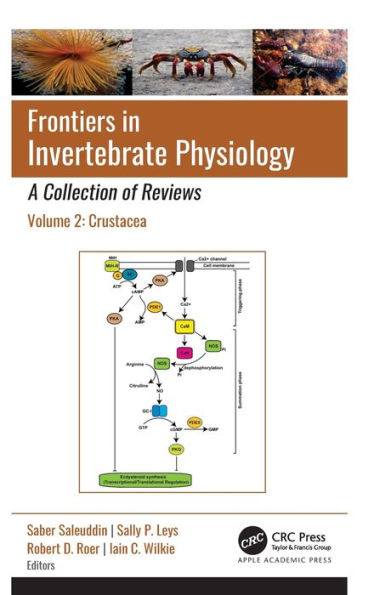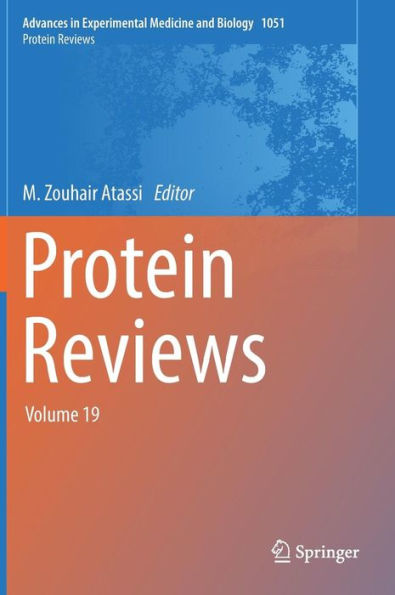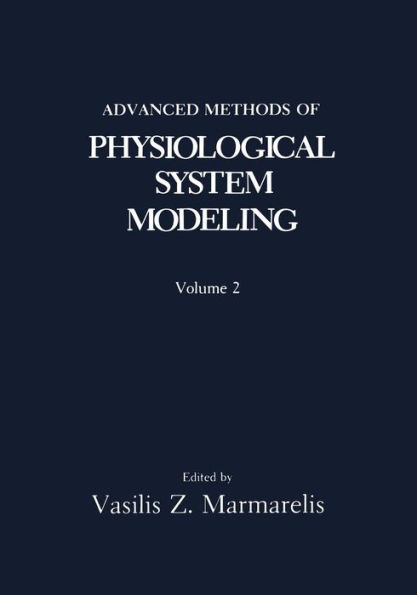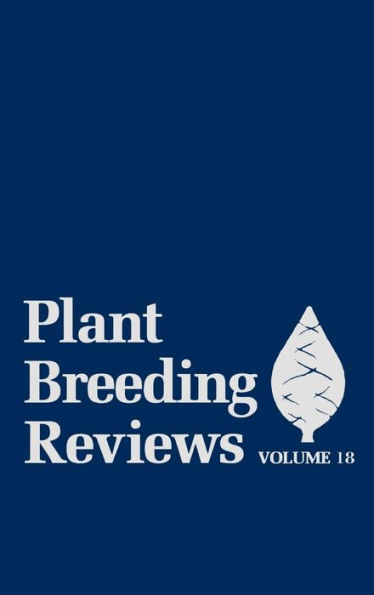Home
Frontiers Invertebrate Physiology: A Collection of Reviews: Volume 2: Crustacea
Barnes and Noble
Frontiers Invertebrate Physiology: A Collection of Reviews: Volume 2: Crustacea
Current price: $199.95


Barnes and Noble
Frontiers Invertebrate Physiology: A Collection of Reviews: Volume 2: Crustacea
Current price: $199.95
Size: Hardcover
Loading Inventory...
*Product information may vary - to confirm product availability, pricing, shipping and return information please contact Barnes and Noble
This new 3-volume set provides informative reviews on the physiology of sponges, cnidarians, round and flat worms, annelids, echinoderms, and crustaceans, advancing our knowledge of the physiology of these major invertebrate groups (Phyla). Invertebrates exhibit the largest number of species and occupy virtually every conceivable ecological niche. They are economically important in food chains, they recycle organic waste, and they are crucial pollinators of plants and sources of food. They are also medically relevant as parasites that cause major diseases of both humans and livestock.
Chapters on crustacean physiology are grouped in this volume and cover diverse physiological topics ranging from moulting, respiration, water balance, biomineralization, bioreceptors, and temperature regulation to the land adaptation of terrestrial crustaceans. The chapters are comprehensive and add new knowledge to crustacean biology.
Volume 1 looks at non-bilaterians (sponges, cnidarians, placozoans) while echinoderms and annelids are covered in Volume 3.
Chapters on crustacean physiology are grouped in this volume and cover diverse physiological topics ranging from moulting, respiration, water balance, biomineralization, bioreceptors, and temperature regulation to the land adaptation of terrestrial crustaceans. The chapters are comprehensive and add new knowledge to crustacean biology.
Volume 1 looks at non-bilaterians (sponges, cnidarians, placozoans) while echinoderms and annelids are covered in Volume 3.

















